Oracle Essentials. Oracle Database 10g. 3rd Edition Rick Greenwald, Robert Stackowiak, Jonathan Stern
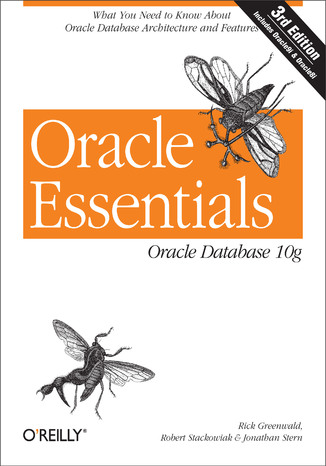



- Autorzy:
- Rick Greenwald, Robert Stackowiak, Jonathan Stern
- Wydawnictwo:
- O'Reilly Media
- Ocena:
- Stron:
- 400
- Dostępne formaty:
-
ePubMobi
Opis
książki
:
Oracle Essentials. Oracle Database 10g. 3rd Edition
An enormous system comprising myriad technologies, options, and releases, Oracle's complexities have spawned numerous areas of specialization. For each area of specialization there are equally specialized how-to books and manuals. O'Reilly's Oracle Essentials claims a unique place among these books. Rather than focusing on one area, the book explains the foundational concepts of the Oracle technology and the core technical and business aspects of using it.The new edition of this classic book, Oracle Essentials, 3rd Edition: Oracle Database 10g, distills a vast amount of knowledge into an easy-to-read volume covering every aspect of the Oracle database. Readers of all levels will learn about Oracle's features and technologies, including the product line, architecture, data structures, networking, concurrency, tuning, and much more.Featuring focused text, abundant illustrations, and helpful hints, the new edition offers a valuable overview of Oracle's Database 10g--the industry's first database to support grid computing. Recent releases such as Oracle 9i and 8i are also covered. The book contains chapters on:
- Oracle products, options, and overall architecture for Oracle 10g and prior recent releases
- Installing and running Oracle: how to configure, start up, and shut down the database, and various networking issues
- Oracle data structures, datatypes, and ways of extending datatypes, with an introduction to Oracle objects (e.g., tables, views, indexes)
- Managing Oracle: security, the Oracle Enterprise Manager, fragmentation and reorganization, and backup and recovery
- Oracle performance: characteristics of disk, memory, and CPU tuning
- Multi-user concurrency, online transaction processing (OLTP), and high availability
- Hardware architectures (e.g., SMP, MPP, NUMA) and their impact on Oracle
- Data warehousing and distributed databases
- Network deployment: using Oracle as an Internet computing platform and for grid computing
- What's new in Oracle 10g: a summary of the database changes described in the book
Wybrane bestsellery
O'Reilly Media - inne książki
Dzięki opcji "Druk na żądanie" do sprzedaży wracają tytuły Grupy Helion, które cieszyły sie dużym zainteresowaniem, a których nakład został wyprzedany.
Dla naszych Czytelników wydrukowaliśmy dodatkową pulę egzemplarzy w technice druku cyfrowego.
Co powinieneś wiedzieć o usłudze "Druk na żądanie":
- usługa obejmuje tylko widoczną poniżej listę tytułów, którą na bieżąco aktualizujemy;
- cena książki może być wyższa od początkowej ceny detalicznej, co jest spowodowane kosztami druku cyfrowego (wyższymi niż koszty tradycyjnego druku offsetowego). Obowiązująca cena jest zawsze podawana na stronie WWW książki;
- zawartość książki wraz z dodatkami (płyta CD, DVD) odpowiada jej pierwotnemu wydaniu i jest w pełni komplementarna;
- usługa nie obejmuje książek w kolorze.
Masz pytanie o konkretny tytuł? Napisz do nas: sklep@helion.pl
Książka drukowana


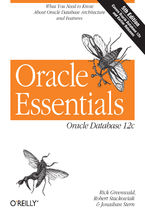

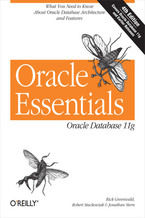
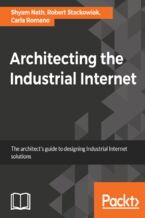
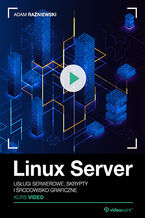

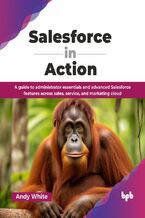
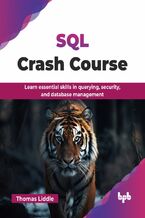
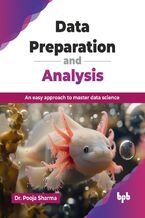
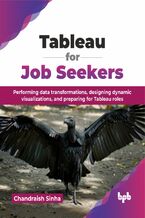
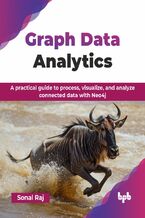

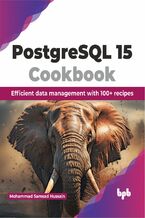
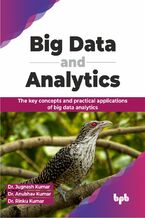






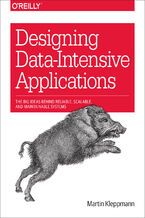
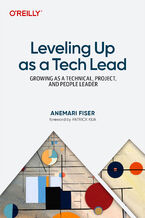
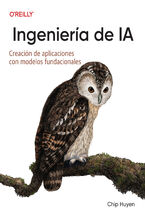
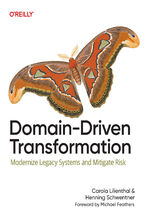

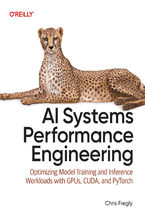
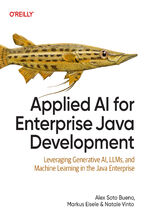
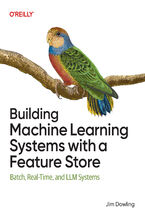
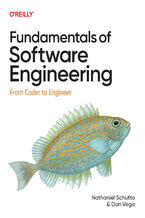
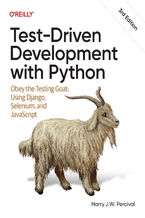



Oceny i opinie klientów: Oracle Essentials. Oracle Database 10g. 3rd Edition Rick Greenwald, Robert Stackowiak, Jonathan Stern
(0)